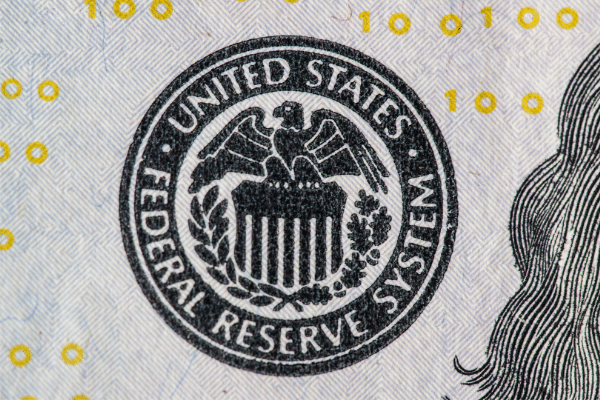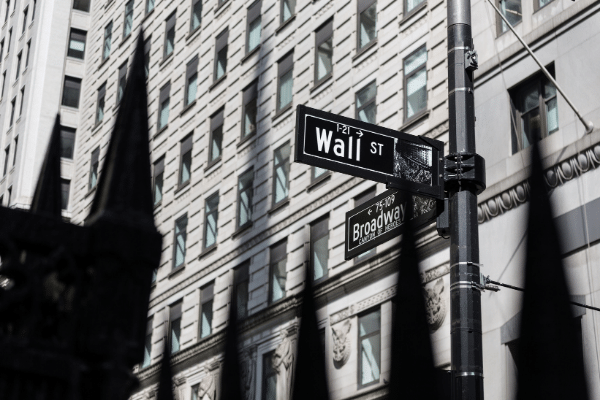
- All asset classes are being hammered as the U.S. Federal Reserve maintains a fiercely hawkish stance in its fight against inflation.
- 60/40 stock and bond portfolio allocations not spared as cross-asset correlation is the highest in months.
While some observers are suggesting the bubble in markets has yet to burst, that serves as cold comfort to investors who suffered the worst cross-asset selloff since 1981.
Equities, bonds and commodities fell against a backdrop of central bank policy tightening, heightened geopolitical risks and concerns over China’s rapidly slowing economy.
A Bloomberg index tracking high-yield corporate bonds performed the “least bad” losing “just” 1.9%, while U.S. Treasuries fell 2.2%, while commodities slipped 3.9% and the benchmark S&P 500 was hammered with a 4.2% drop.
July’s rebound where some US$4 trillion in market value was returned to equity and bond markets has been quickly unwound in August as the U.S. Federal Reserve doubled down on hawkish rhetoric, demonstrating its determination to reign in inflation, even at the expense of the economy.
Investors with a 60/40 stock and bond portfolio will be nursing losses as the strengthening correlation across asset classes has meant that stocks and bonds have faced headwinds in tandem as macro factors overshadow other considerations.
Even typically favored inflation trades such as commodities faced a stiff selloff, with oil posting its biggest monthly drop since last November and gold chalking up 5 straight months of declines, its longest losing streak in four years.
No asset has been spared as the Fed’s hard-driving inflation-fighting policy is brought to bear on markets that are already shaky, and a measure of cross-asset correlation tracked by Barclays sat near its highest level in 17 years.
After the S&P 500’s best July in 80 years, stocks have been hammered after U.S. Federal Reserve Chairman Jerome Powell’s hawkish message at the Jackson Hole forum, where he remained firm in his resolve to bring down prices even if it meant a “sustained period of below-trend growth” and an increase in unemployment.
Powell’s messaging differs markedly from previous public declarations where he left the door open to concepts such as a “soft landing” and the prospect of a less hawkish Fed should economic conditions worsen.
A slew of reports is due in the coming weeks that could seriously rattle markets, including a U.S. employment report on Friday and the inflation print for August that is due out before the Fed’s next policy meeting.
While bets on the size of the next Fed hike are evenly split on 50 and 75-basis-point increases, odds are that central bank policymakers will stick with the latter because inflation remains high.
Even if CPI dials back to 7.9% for August, thanks to falling oil prices, it is still well above the Fed’s target 2%.
Sticking with a 75-basis-point hike would be within expectations, as it is consistent with previous hikes, whereas dialing it back to 50-basis-points would be communicating to the market that the Fed is easing its pace of increases, which makes no sense given that inflation remains elevated.
Slowing down hikes now only to have to dial back up again later if inflation resurfaces will look amateurish and reactive.



